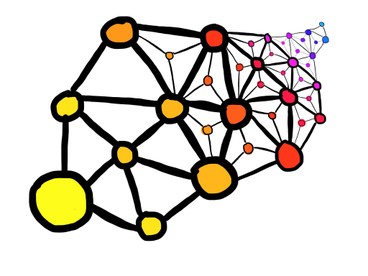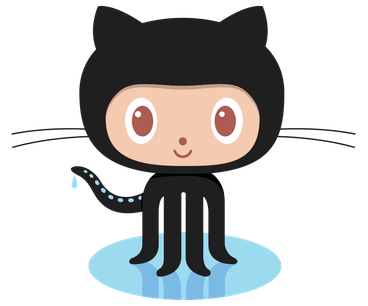Homepage

VAIMEE news
VAIMEE is a start-up spinoff of the University of Bologna. VAIMEE's co-founder and CEO is Luca Roffia, member of ARCES.
Go to page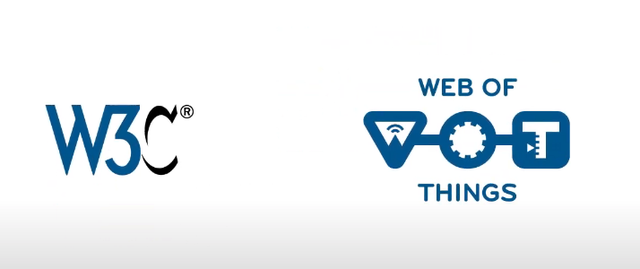
Web of Things (WoT) explainer video
The W3C Web of Things Working Group and Interest Group collaboratively work on the Web standards to counter the fragmentation of IoT systems.
Go to page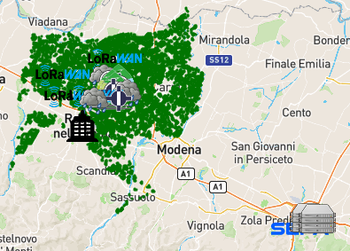
SWAMP platform
The Water Distribution Application (WDA) is built on top of the SWAMP platform and is powered by SEPA. Data are collected from a large set heterogenous IoT devices, like soil sensors, water level sensors, and services, like ARPAE weather forecast and CBEC water requests. A soil water balance, implemented by CRITERIA1D developed by ARPAE (https://aggiornati.arpae.it/[…]/criteria-modello-di-bilancio-idrico), allows to predict water needs of crops and helps in the scheduling and optimization of irrigations.
Go to page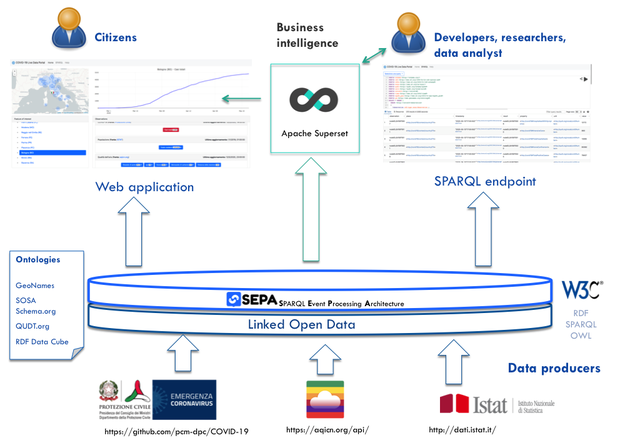
SEPA 4 CODIV-19
We would like to contribute fighting the Coronavirus by providing a Dynamic Linked Open Data access to monitor and analyze the COVID-19 pandemia. Data are collected from heterogenous sources like Protezione Civile (https://github.com/pcm-dpc/COVID-19), ISTAT (http://dati.istat.it/Index.aspx?DataSetCode=DCIS_POPRES1#) for what concerns demography and AQI (https://aqicn.org/api/) for air pollution. The application shows the trends of pandemic indicators (e.g., positive cases, hospitalized, deaths, ...) at national, regional and province level, while providing an open access through a SEPA endpoint (which extends a SPARQL endpoint with subscriptions). For the "phase 2", we are implementing data analytics to detect "COVID FREE" indicators (e.g., no new positive cases for at least two consecutive weeks, ...) supported by Apache SuperSet.
Go to page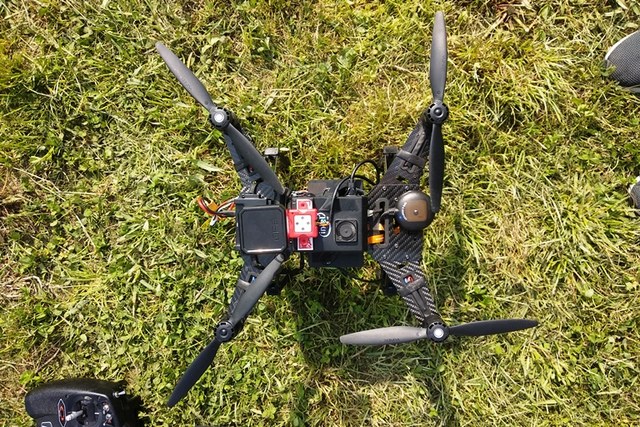
Tecnologia a servizio dell’agricoltura: con Swamp un sistema per ridurre lo spreco d’acqua
SWAMP è un progetto H2020 (https://cordis.europa.eu/project/rcn/212139/factsheet/it) il cui obiettivo è sviluppare una piattaforma IoT il cui scopo principale è offrire servizi risolvi alla riduzione dei consumi d'acqua in agricoltura. SEPA farà parte della piattaforma SWAMP, garantendo l'accesso ai dati sotto forma di Dynamic Linked Data.
Go to page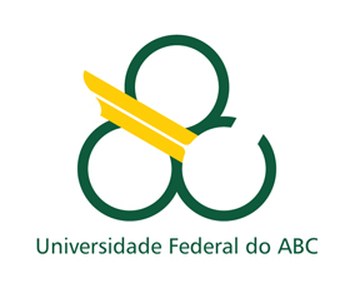
Dynamic Linked Data for the Development of Interoperable Web of Things Applications
Luca Roffia will present a training on Dynamic Liked Data application using SEPA technology at the Federal University of ABC, São Paulo, Brazil. In particular, the training will be focusing on SEPA as enabling technology for the Internet of Things, in particular the Web of Things.
Go to page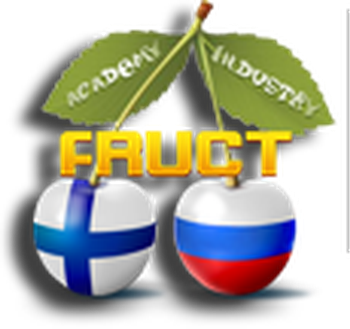
A dinner with SEPA in Moscow: the first SEPA training day
The first SEPA training day was hosted by FRUCT 24 @ Congress Center of MTUCI, Moscow.
Go to page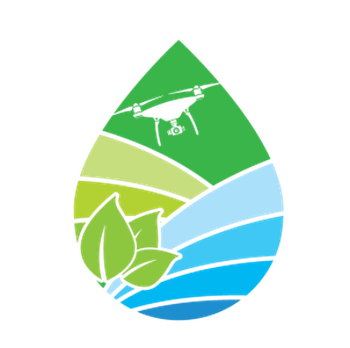
SWAMP project: enabling Dynamic Linked Data production and consumption for smart agriculture
The SWAMP project will develop a high-precision smart irrigation system concept for agriculture. The main idea is to enable the optimisations of irrigation, water distribution and consumption based on a holistic analysis that collects information from all aspects of the system including even the natural water cycle and the cumulated knowledge related to growing particular plants. It results to savings to all parties as it detects all the leakages and losses and guarantees better the availability of water in situations where water supply is limited (http://swamp-project.org/)
Go to page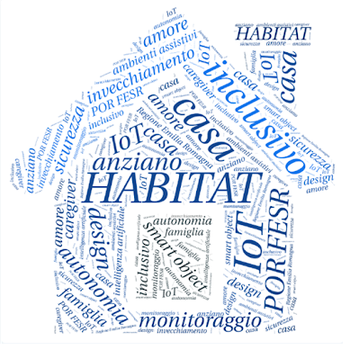
The HABITAT system is powered by SEPA
HABITAT is a two-year project that aims to develop, implement and test a reengineering strategy of everyday objects, augmenting them with elements of intelligence (smart objects), thus allowing natural and economical transition to living environments which are able to adapt themselves to those requirements of inclusiveness and assistance, to be implemented at home. To create home environments assistive and reconfigurable, HABITAT project will adopt and integrate the most advanced technologies of the Internet of Things (IoT). (http://www.eng.habitatproject.info/)
Go to page
Dynamic Linked Data: A SPARQL Event Processing Architecture
This paper presents a decentralized Web-based architecture designed to support the development of distributed, dynamic, context-aware and interoperable services and applications. The architecture enables the detection and notification of changes over the Web of Data by means of a content-based publish-subscribe mechanism where the W3C SPARQL 1.1 Update and Query languages are fully supported and used respectively by publishers and subscribers. The architecture is built on top of the W3C SPARQL 1.1 Protocol and introduces the SPARQL 1.1 Secure Event protocol and the SPARQL 1.1 Subscribe Language as a means for conveying and expressing subscription requests and notifications. The reference implementation of the architecture offers to developers a design pattern for a modular, scalable and effective application development.
Go to page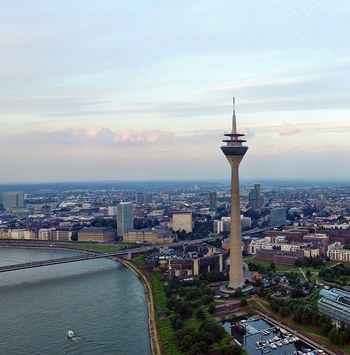
SEPA presented at the W3C Plugfest
Thanks to the RDF, SPARQL and the implemented publish-subscribe mechanism, SEPA can support the dynamic discovery of Web Things and enable their interaction. At the same time, the shared context allows to develop context-aware applications and services on top of the Web of Things model.
Go to pageBack to the past
MUSE (MuseUm and Site Explorer) was an industrial Italian research project leaded by Ducati Energia S.p.a. and funded by the Italian Government within the National Research Program PARNASO. MUSE proposed a framework for interactive learning and entertainment on-site, and its major outcome was Whyre, a wearable, hands-free, sensory augmented, context-aware multimedia guide designed to turn museums and archaeological sites into communicating machines. Current research on IoT and related technologies could play the role of giving a new born to these kind of projects.
